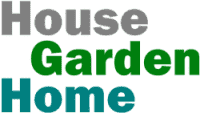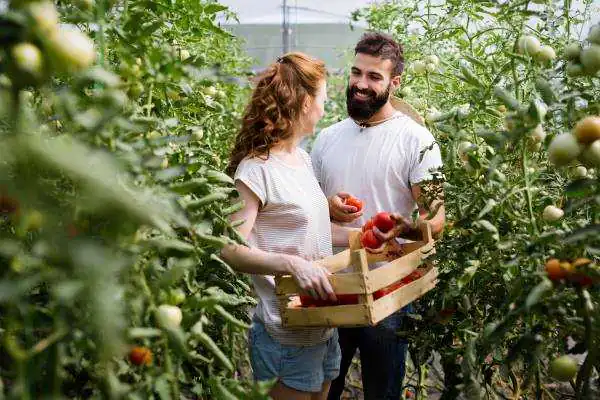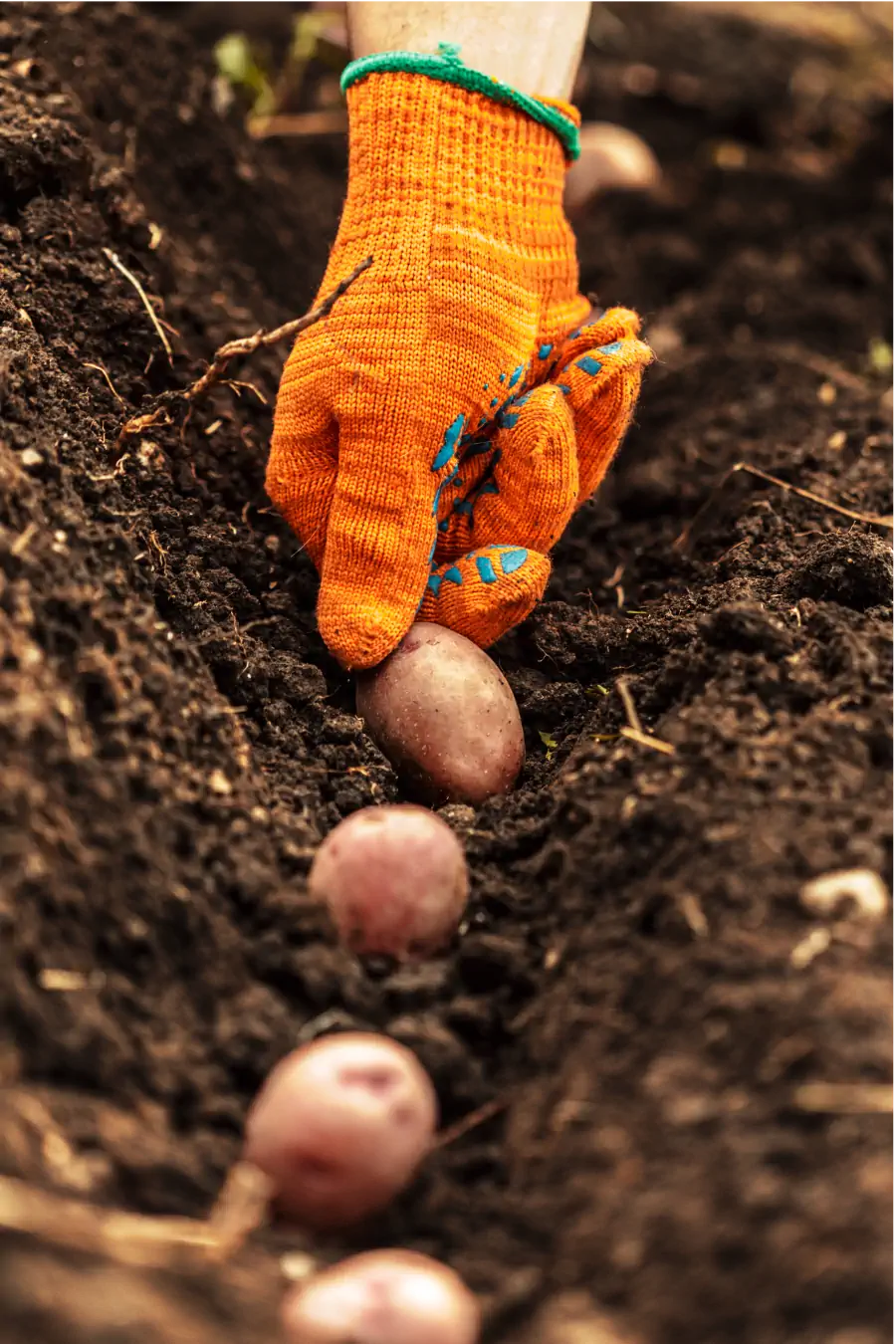You might have heard about it but today we are going to talk about Companion planting. It is a popular gardening technique that involves planting different plants together. This improves their growth potential and improve overall garden health.
In this article, we will explore the definition, benefits, and history of this gardening technique.
Choosing Companion Plants
You have to be careful when choosing companion plants. There are several factors to consider and some research is needed. A good companion plant is one that gives a benefit to the neighboring plant. Examples of benefits are: repelling pests, improving soil quality, or attracting pollinators.
Some plants that can be planted next to each other include tomatoes and basil, carrots and onions, and beans and corn. However, there are also vegetables that should not be planted together. These can include plants such as tomatoes and potatoes. Both can attract the same pests and diseases.
Another term that is often you might hear is intercropping. This is done by planting different crops together in the same area to maximize their growth potential and improve soil health.
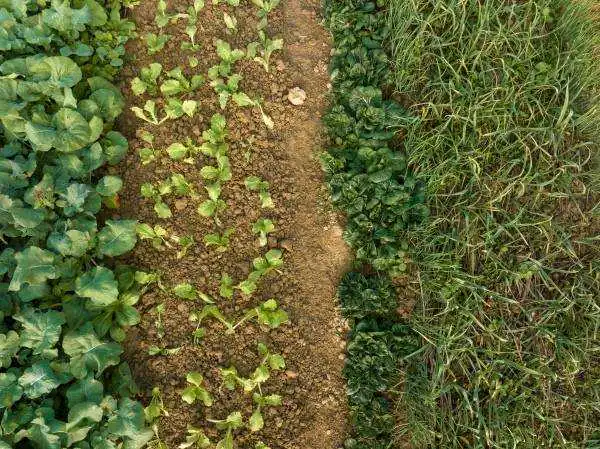
Companion Planting vs. Intercropping
Both are two popular gardening methods that involve planting multiple crops together. While they may sound similar, there are some key differences between the two techniques.
Companion planting is a technique of planting different plants together to provide benefits to each other. They can help with repelling pests, improving soil quality, or attracting pollinators. Intercropping, means planting different crops together in the same area to improve their growth and the overall health of soil.
One of the main benefits is that it can help to reduce the need for pesticides and other chemical interventions in the garden. However, the plants may require different amounts of water or nutrients. This could make it a bit harder to maintain.
Intercropping can be a more efficient use of garden space. This is because it allows you to grow multiple crops in the same area. However, it can also be more challenging to manage. Different crops may require different growing conditions or harvesting times.
Purpose of Companion Planting
The main purpose is to improve garden health by creating a diverse and mutually beneficial ecosystem. When plants grow together with other types of plants that are good companions for them. They can help to repel pests, attract beneficial insects like bees and butterflies, and improve soil health.
For example, planting marigolds alongside tomato plants can help to repel pests like nematodes. While planting beans alongside corn can help to fix nitrogen in the soil, which can benefit both crops.
Doing this can also help to improve plant growth and yield. By growing different plants together, you can create a more diverse and robust ecosystem. This means that they will be able to better resist pests and diseases.
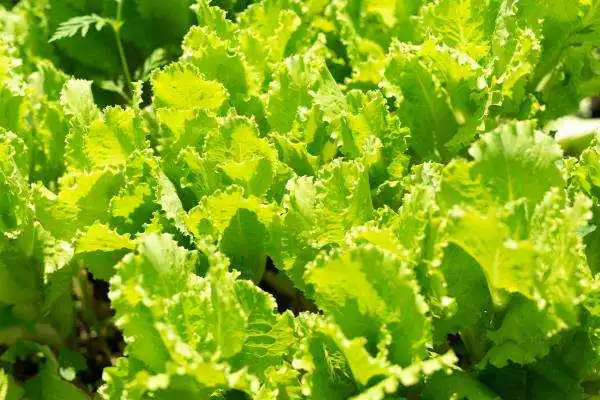
10 companion crops and why they grow well together:
- Tomatoes and basil:
Basil repels tomato hornworms, while tomatoes provide shade and shelter for basil. - Carrots and onions:
Onions repel carrot flies, while carrots improve soil health and provide a good ground cover for onions. - Cucumbers and radishes:
Radishes repel cucumber beetles and can help to deter other pests, while cucumbers provide shade and support for radish growth. - Beans and corn:
Beans fix nitrogen in the soil, which benefits the growth of corn. Corn also provides support for beans to climb. - Lettuce and spinach:
Both plants have similar soil and light requirements, and they can provide shade for each other to prevent bolting in hot weather. - Peppers and marigolds:
Marigolds repel pests that can damage pepper plants, while peppers provide a good source of nectar for pollinators attracted to marigolds. - Squash and nasturtiums:
Nasturtiums repel squash bugs and other pests, while squash provides a large, shady area for nasturtiums to grow. - Broccoli and beets:
Beets attract beneficial insects that can help to control pests that damage broccoli, while broccoli provides shade and shelter for beets. - Cauliflower and dill:
Dill attracts beneficial insects that can control pests that damage cauliflower, while cauliflower provides a good ground cover for dill. - Eggplant and beans:
Beans fix nitrogen in the soil, which benefits the growth of eggplant. Eggplant can also provide shade for beans to climb.
Tips for Success
When planning your companion planting garden, it’s important to consider which plants work well together and which ones to keep apart.
- What not to plant with tomatoes: you should not plant tomatoes near members of the Brassica family. These include plants such as broccoli or cabbage. They can attract pests that attack tomatoes. Instead, try planting basil or marigolds alongside your tomato plants. This will help to repel pests and improve growth.
- Vegetables that pair well together: Some vegetables are natural companions, such as peas and carrots or lettuce and radishes. These plants can help to improve soil health and protect each other from pests.
- How to plan your vegetable garden layout:
Consider the amount of sunlight and space required by each plant when planning your garden layout. It’s also a good idea to rotate your crops each season to avoid depleting the soil of nutrients.
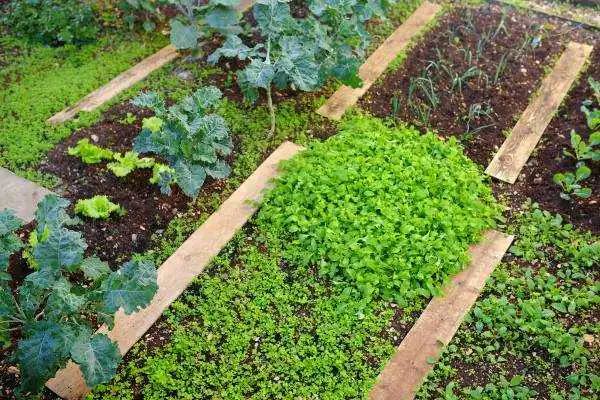
Companion Planting Techniques
To ensure success with your garden, it’s important to use proper planting techniques.
Here are some tips that we found interesting:
- How to plant seeds: Start seeds indoors in small pots or trays. Then transplant them into the garden once they have grown several sets of leaves.
- How to plant vegetable seeds: Follow the instructions on the seed packet for the best results. Some seeds may need to soak or be scarified before planting. You should sow others directly into the soil.
- How to improve crop yield: You can make use of a raised bed garden to improve your vegetable garden yield. (See Raised Bed Ideas to see how)
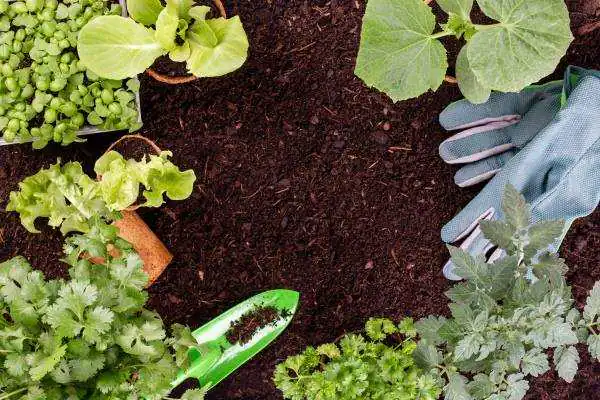
Conclusion
Companion planting is a great way to improve the health and productivity of your vegetable garden. By choosing the right companion plants and using proper planting techniques, you can create a diverse and thriving ecosystem in your backyard.
Remember to plan your garden layout carefully. You need to rotate your crops each season, and provide plenty of sunlight and water for your plants. With a little bit of patience and hard work, you can enjoy a bountiful harvest. This will enable you to enjoy fresh, homegrown vegetables all season long.
